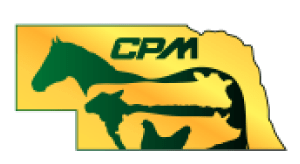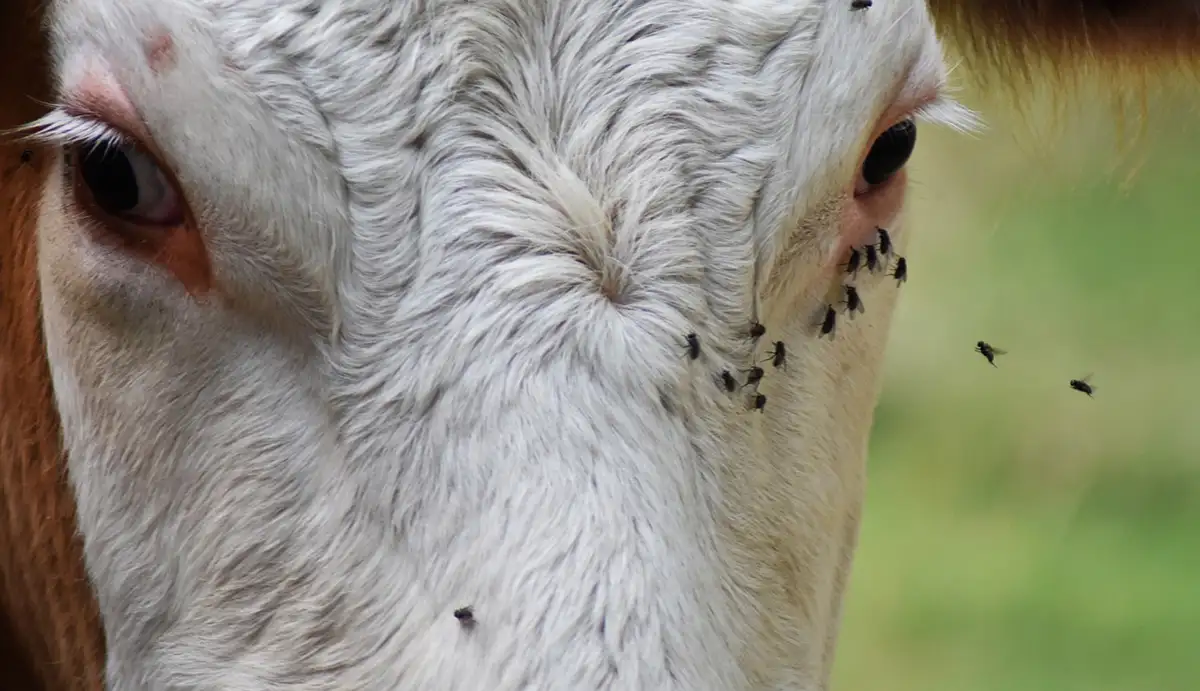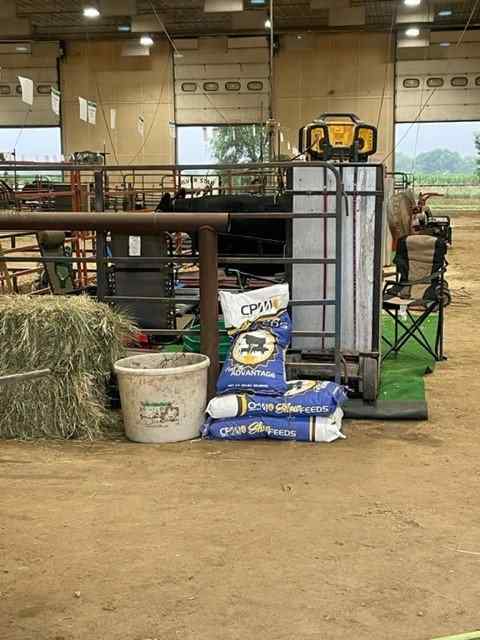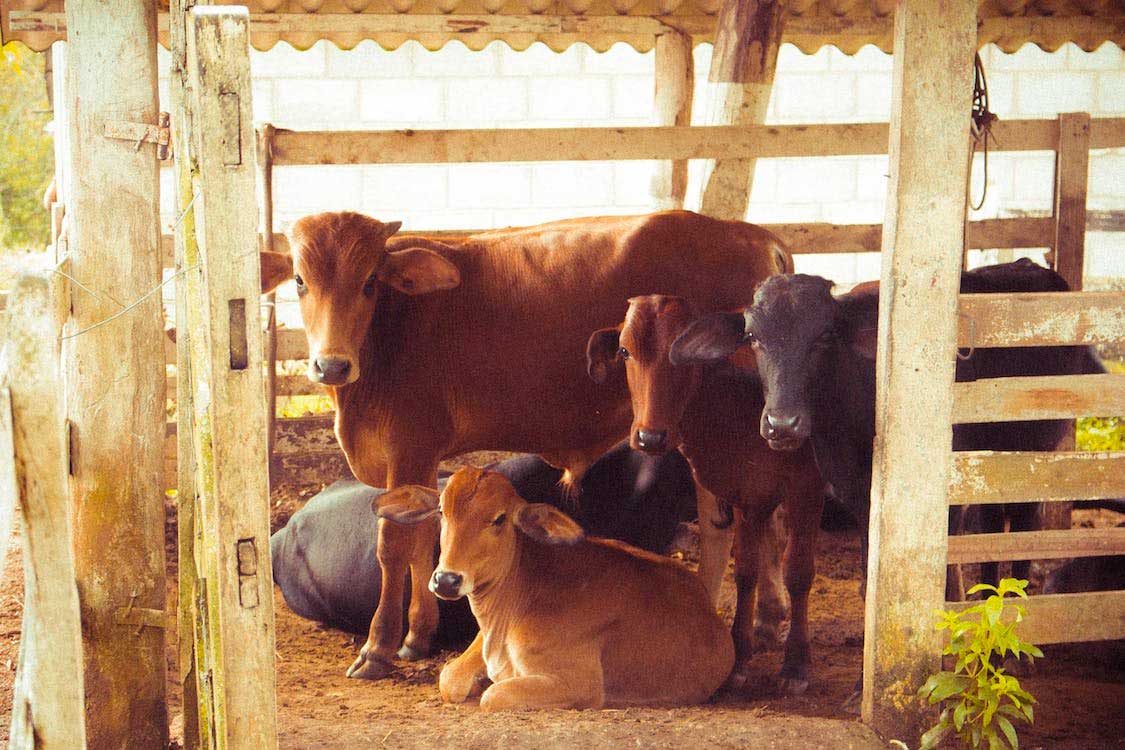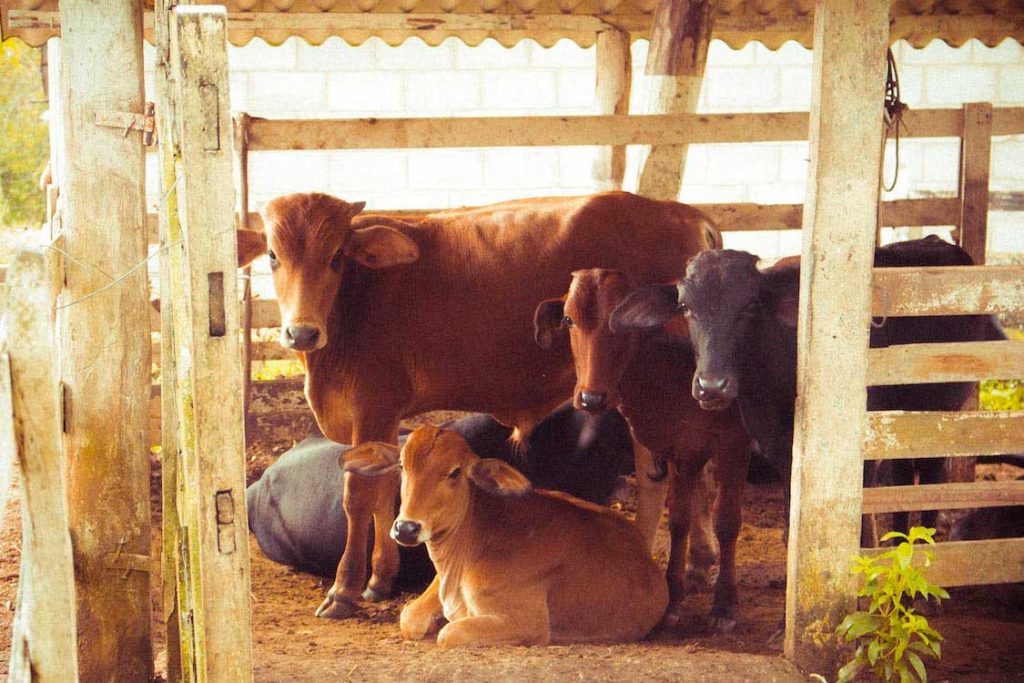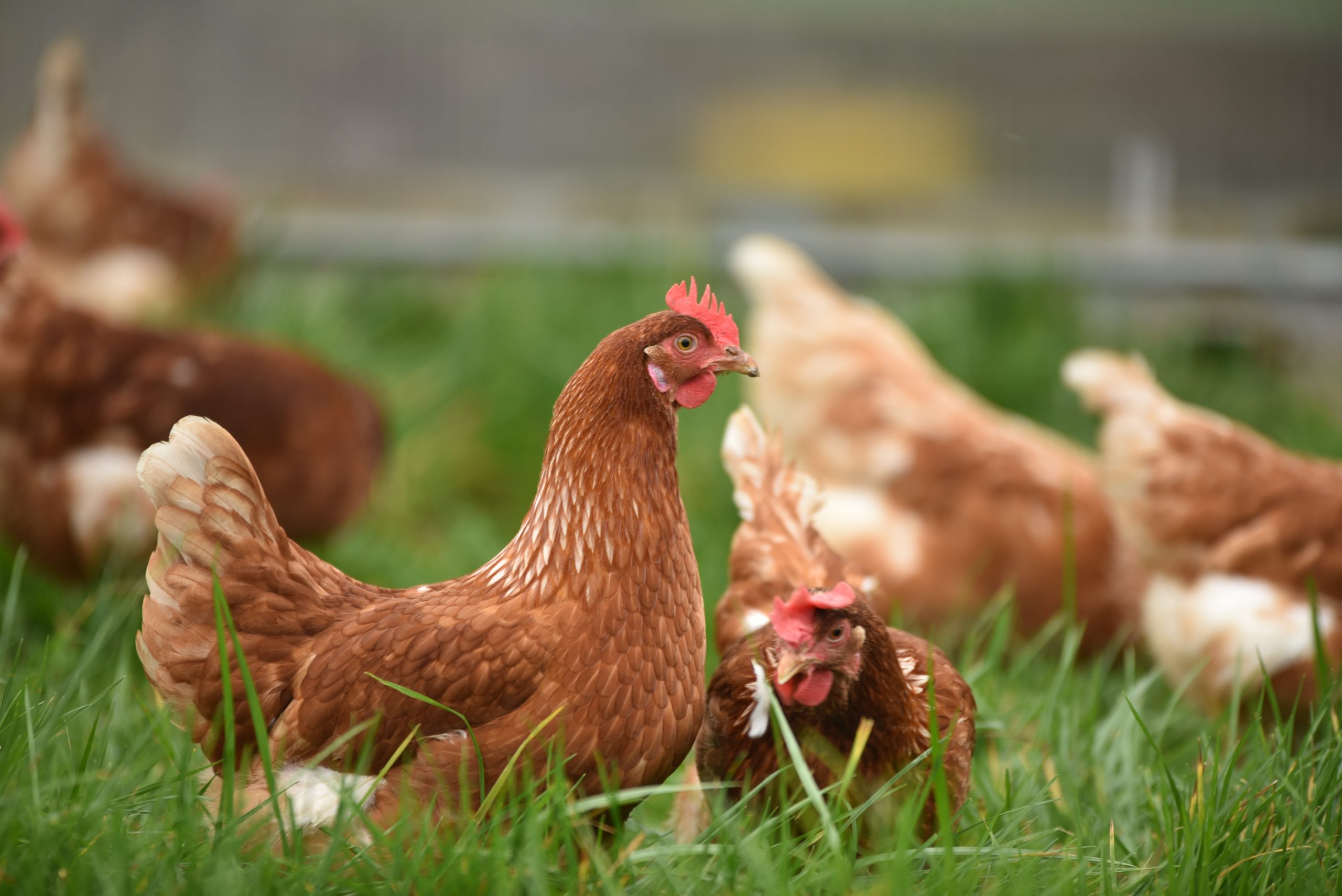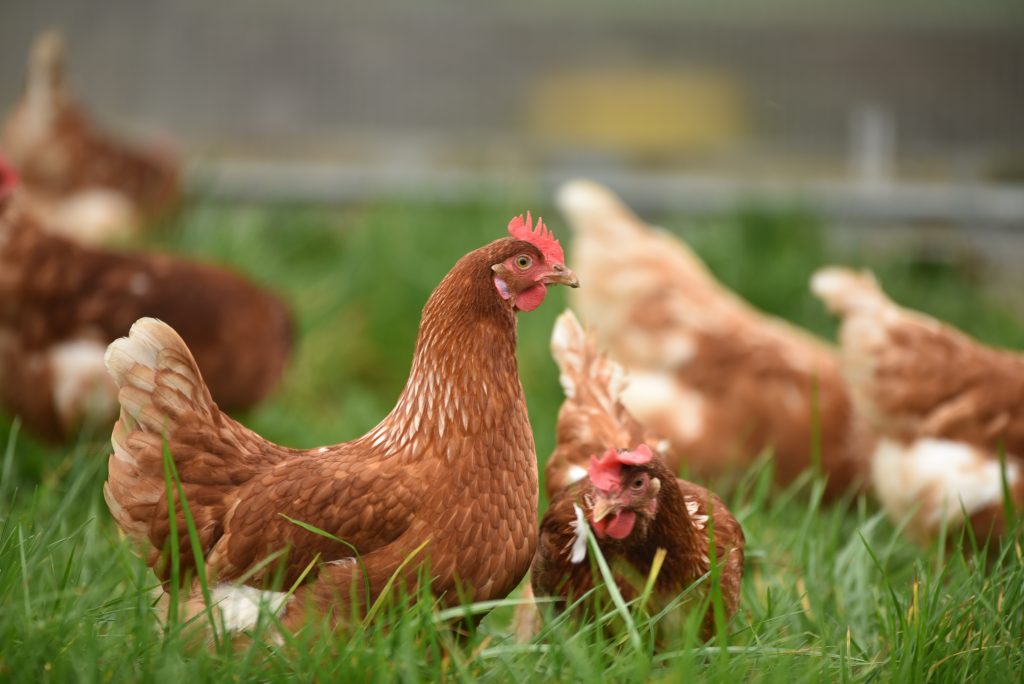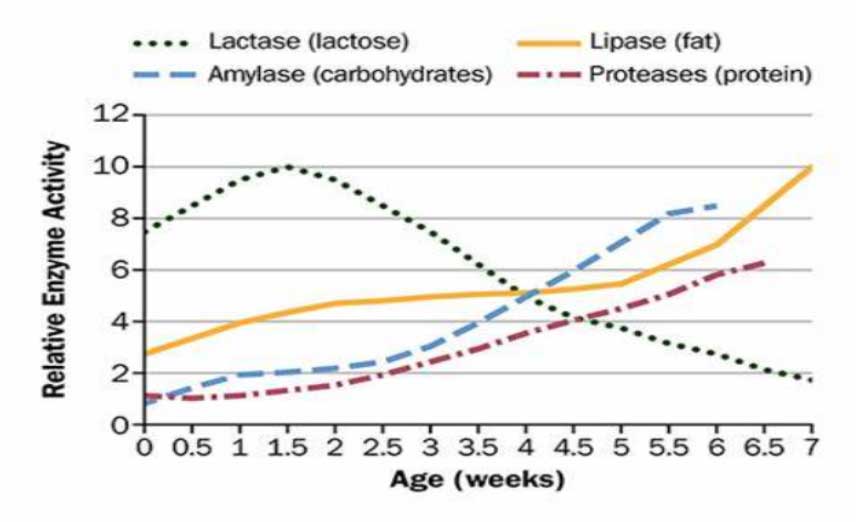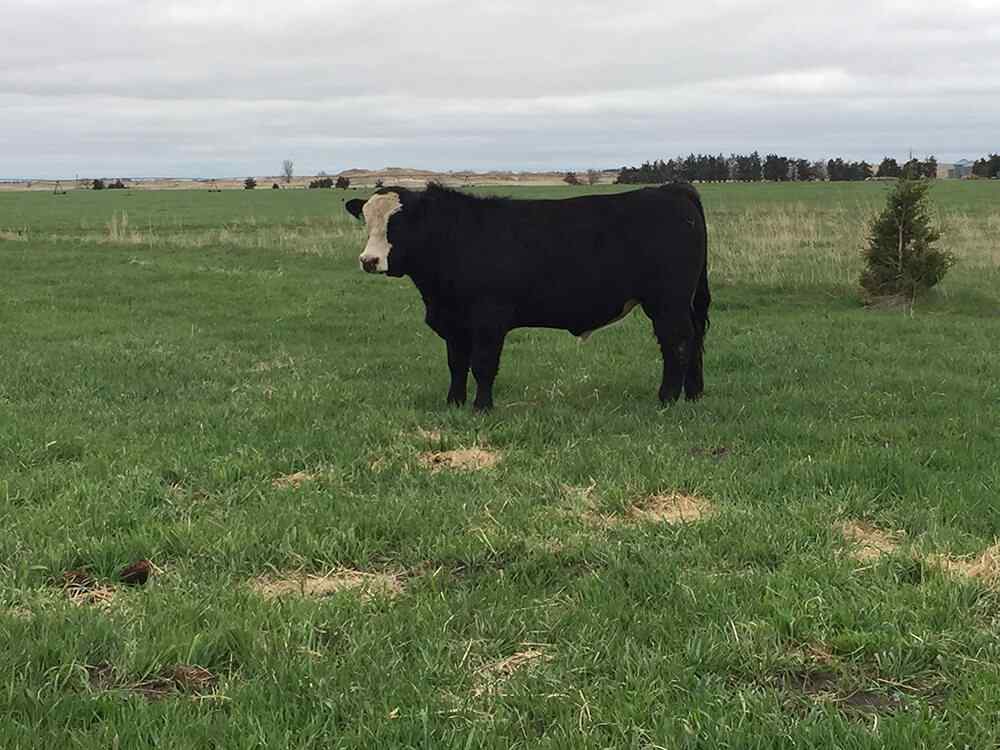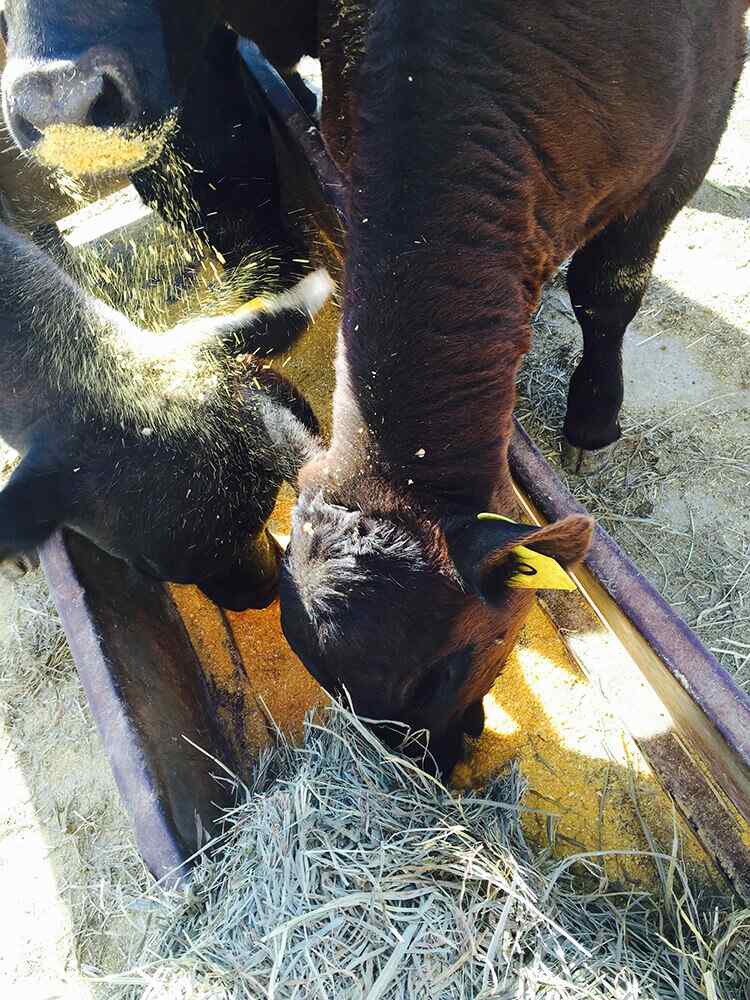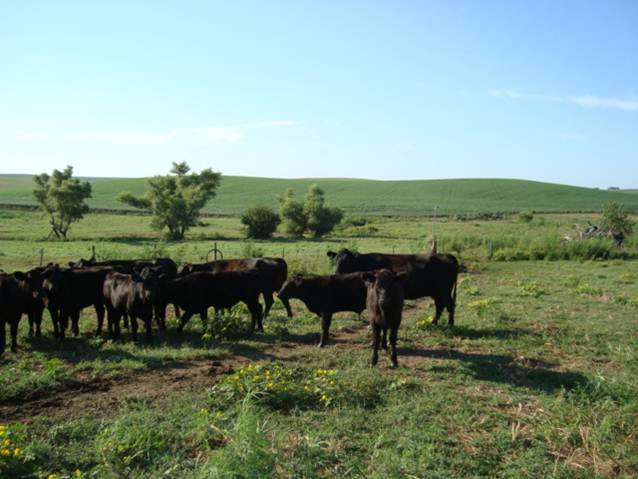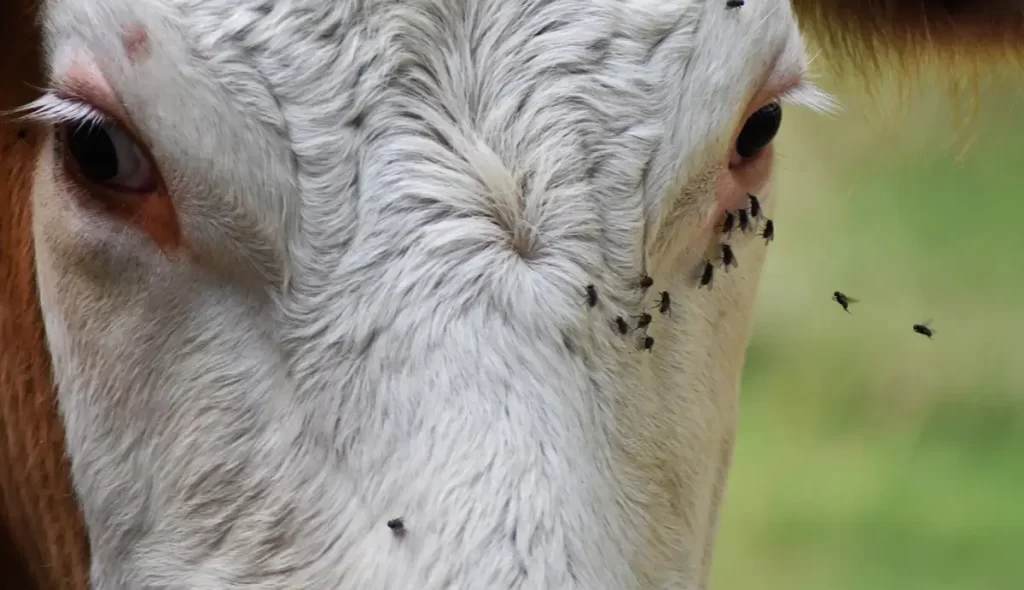
Why use fly control?
Many producers may be wondering, “Why should I use fly control?” The simple answer is, to raise healthier animals with a better rate of gain. Did you know that the number one pest threat on pastures is flies? A study at the University of Oklahoma State found that cattle fed fly control saw a 15.8% increase in average daily gain. Another study conducted by the University of Nebraska-Lincoln, found that the cows raised calves that were 10-20 pounds heavier at weaning than that of the control group. One reason for this is the decreased amount of tail swatting which both burns calories and distracts the animals from eating.
How It Works
Warmer weather means the start of fly season. One simple and effective solution to control fly populations is using a feed-through larvicide, such as ClariFly or Altosid. These products are insect growth regulators (IGR), which work through the animal’s manure where flies lay their eggs. The result is eventually stopping the fly life cycle, preventing the larvae from molting into pupae. Another feed additive that can be used to help detract flies is garlic. Studies on garlic are limited but some have shown cows that are fed garlic through grazing have significantly lower fly loads.
When To Feed
So, you may be asking when and how long do I need to feed an additive for fly control? Ideally a producer would begin to use some type of fly control 30 days prior to flies appearing and for it to be fed 30 days after the first frost. However, this does not mean that it is too late to start using a feed additive. The products still work, as designed regardless of when you start. One thing to remember when starting late, is it takes time for these products to work through the cycle and realize fly decrease. As a reminder, these products will not eliminate flies entirely, but they will decrease the fly load. If you have questions about fly control, please reach out to our team of Livestock Nutrition Advisors!

by Carter Jensen, Livestock Nutrition Advisor
